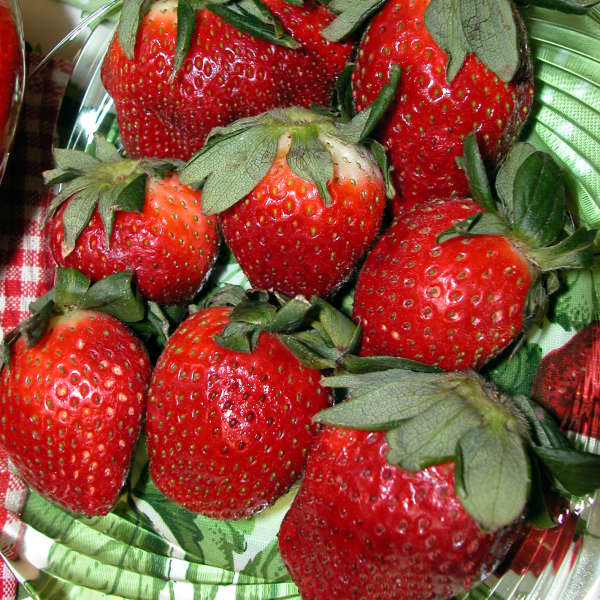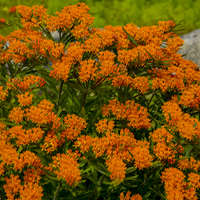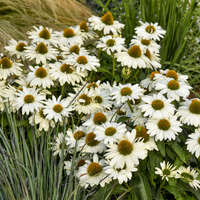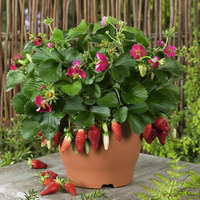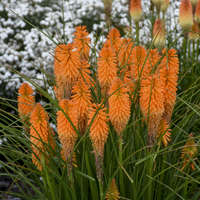Strawberries 'Ozark Beauty'
Common Name: Everbearing Strawberry
Nothing compares to the mouthwatering flavor of home-grown strawberries. 'Ozark Beauty' has a high yield of deep red, firm, wedge-shaped fruit with an appetizing aroma from late spring into fall. They freeze well and have a high dessert quality. This variety is resistant to leaf scorch and leaf spot. It will run freely if blossoms are removed.
